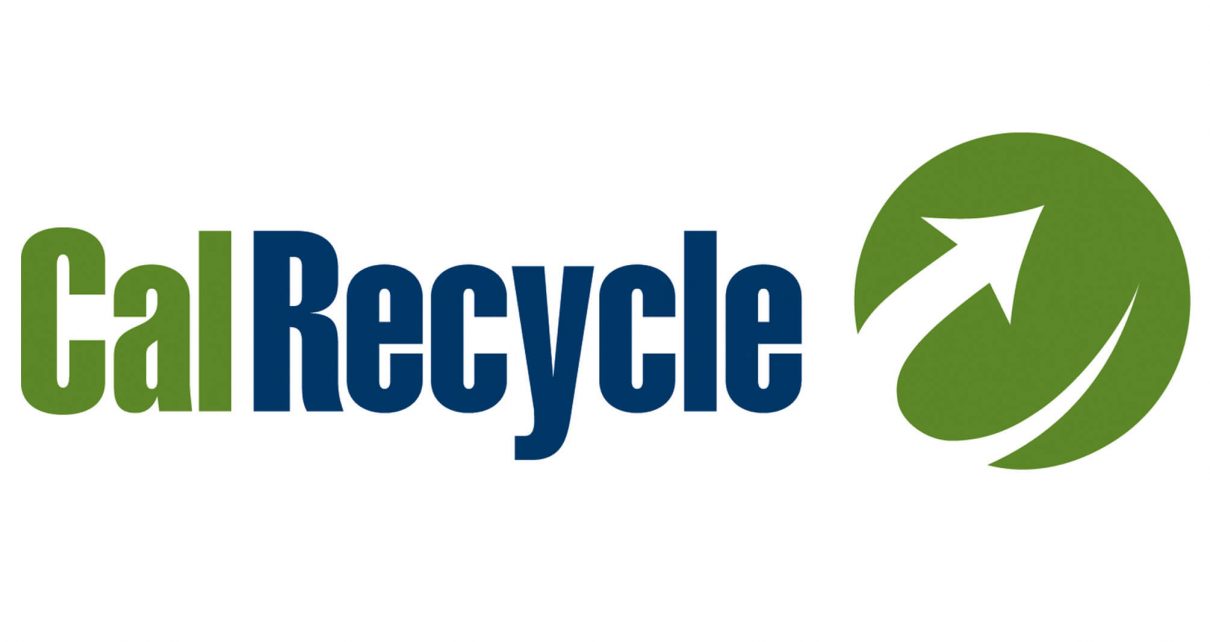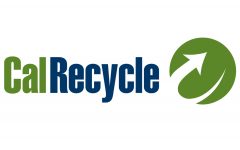
CalRecycle (Photo: calrecycle.ca.gov)
CalRecycle Loses $200 Million a Year Due to Bottle Deposit Fraud
‘The redemption system isn’t working’
By Evan Symon, January 10, 2022 3:26 pm
According to a just-released Consumer Watchdog report, the bottle deposit program of the California Department of Resources Recycling and Recovery (CalRecycle) loses at least $200 million a year to criminals.
The report notes that criminals use many fraudulent methods to scam recycling centers out of the California Redemption Value (CRV) labeled beverage containers, which can be redeemed for 5 cents or 10 cents if the container is 24 ounces or greater in volume.
Among the methods include:
- bringing in containers from bordering areas with no redemption program such as Nevada, Arizona, or Mexico
- weighing the same truck of redeemable containers more than once at centers
- falsely stating where containers came from to get more money back
- recycling the same containers over and over again due to a transaction log loophole
- false documentation of non-existent containers
- adding non-CRV containers in large loads
- falsifying weight tickets
The high amount of fraud added up. Of the $1.5 billion a year that California pays for CRV deposits, $200 million goes to criminals. And according to Consumer Watchdog, the actual number may be higher due to the figures coming from CalRecycle investigations. While CalRecycle didn’t deny that at least some payments were fraudulent, they said that the figure given by the report was high and inaccurate. CalRecycle also noted that over 62,000 audit investigations during the last decade have recovered $103 million.
Despite that success, fraud still runs high, with half of all recycling centers being shut down in the state since 2013, and reform of bottle deposit fraud still not happening despite experts saying that a return to bag drops and reverse vending machines would lead to less fraud, and beverage makers and distributors taking back part of the system would lead to better accountability.
Losing $200 million a year to fraudsters
“This report is not surprising,” Glen Hernandez, a recycling center owner in LA County, told the Globe on Monday. “There’s fewer and fewer of us left, with more and more trucks and people coming in to recycle. And reverse vending machines can help, they really can, but there’s a reason that they fade in and out in California. You would not believe how many people I talk to that go on about how there used to be one of those machines nearby them but then it was gone. Personally, I remember when those aluminum can little kiosks were in the middle of strip mall parking lots all over about 30 or 40 years ago. Then those went away, then they returned in a way with CRV payments, but those machines broke down a lot and were out of service.”
“Now we’re trying to get them again, saying that it will beat fraud. Some, yeah, but how are you going to stop the guy in Vegas who hangs collecting cans, drives them across the border, then does the maximum amount of recycling for days? That’s the guy to target, that’s the big one. And I know there are bar codes and things to deter that at smaller stations, but not in bulk.”
“I hate these scammers. And it’s great that the report is showing how much money is being taken and how they’re doing it. But the redemption system isn’t working.”
Consumer Watchdog favors an Extended Producer Responsibility (EPR) model to reduce fraud, putting the duty of reducing fraud on the beverage and beverage distribution companies to take some responsibility and create a beverage container stewardship organization to act as a middleman between payments to help detect fraud more easily.
“If California chooses an Extended Producer Responsibility model for its bottle deposit system, it will go a long way towards fraud reduction through the use of efficient technology,” the report said. “Such successful systems in Europe use more comprehensive and technology-based approaches using modern Reverse Vending Machines. In addition to providing accurate data on container return, RVMs can prevent double redemption of receipts and containers, and can swiftly and accurately verify whether a deposit should be refunded, so they reduce the risk of error or fraud compared to a manual take-back system.”
The addition of internet connected reverse vending machines and bag drop centers, to also quickly determine fraud, were also recommended in the report, as well as the passage of the pro-Extended Producer Responsibility Bill SB 38, authored by Bob Wieckowski (D-Fremont).
- Man Who Broke Into L.A. Mayor’s Home to Receive Probation, Mandatory Drug Treatment - July 25, 2024
- California National Guard Counterdrug Task Force Seizes nearly $4 Million Worth Of Fentanyl In June Following Ramping Up Of Actions - July 24, 2024
- San Francisco’s Guaranteed Income Programs for Trans People to End - July 24, 2024





a but don’t forget the state is ripping off residents to the tun of unknown $$$$. The deposit paid is almost never returned in full due to the fact of you turn in over 50 items you will be paid by weight, not number of items. With container manufactures using less and less material (especially plastic) the discrepancy can be huge.
All my containers, that I pay the CRV, go into my city’s blue barrel for curbside collection. But before it’s collected by the municipal refuse trucks, night crawlers sift through it and all other blue barrels placed curbside in my neighborhood and steal the recyclable containers leaving a mess behind. The blue barrels allow the municipality to collect recyclables and THEY make money off it, and the CRV disappears like smoke from my wallet. If municipalities provide blue barrels for recyclables, those municipalities SHOULD STOL COLLECTING CRV from users. Otherwise I say it’s a RIPOFF.
Why do you even care if someone makes money off of something you obviously do not want? It’s not a rip off because you can get the refund. If it’s too much hassle for you to take the stuff and turn it in that is nobody’s fault but yours and if you don’t want it you should be glad you are helping someone who needs it
Because a their is a thief and we as consumers pay cry on our purchases, with our money . Yes I care if I’m ripped off , and no they did not dig in the garbage to get the Xtra . They steal it from people who bought ever can and bottle they put they thriving hands on . They steal people hard earned money , weather they dug it out of the trash or at the store . I CARE!
The scrap value of the aluminum is being STOLEN from the consumer by the state of California. It never gets refunded. The 5 cent deposit you pay gets taxed, which also does not get refunded. On top of that, recycle 50 cans and you’ll find you get only 45 cans worth of CRV back.
But the biggest FUBAR of all this is that only aluminum cans are profitable. Glass recycling results in a LOSS and therefore gets funded by those the state never has to pay back. (ie. those who don’t recycle) As for plastic, only PET #1 is barely profitable and the rest goes to landfill.
The best solution to all this is to do away with CRV. That will create an incentive to toss recyclables into the blue collection bin, allowing the recycling process to be much more streamlined and efficient.
But alas, thats not going to happen because the whole purpose behind CRV was to generate a hidden and secret tax that few are aware of!